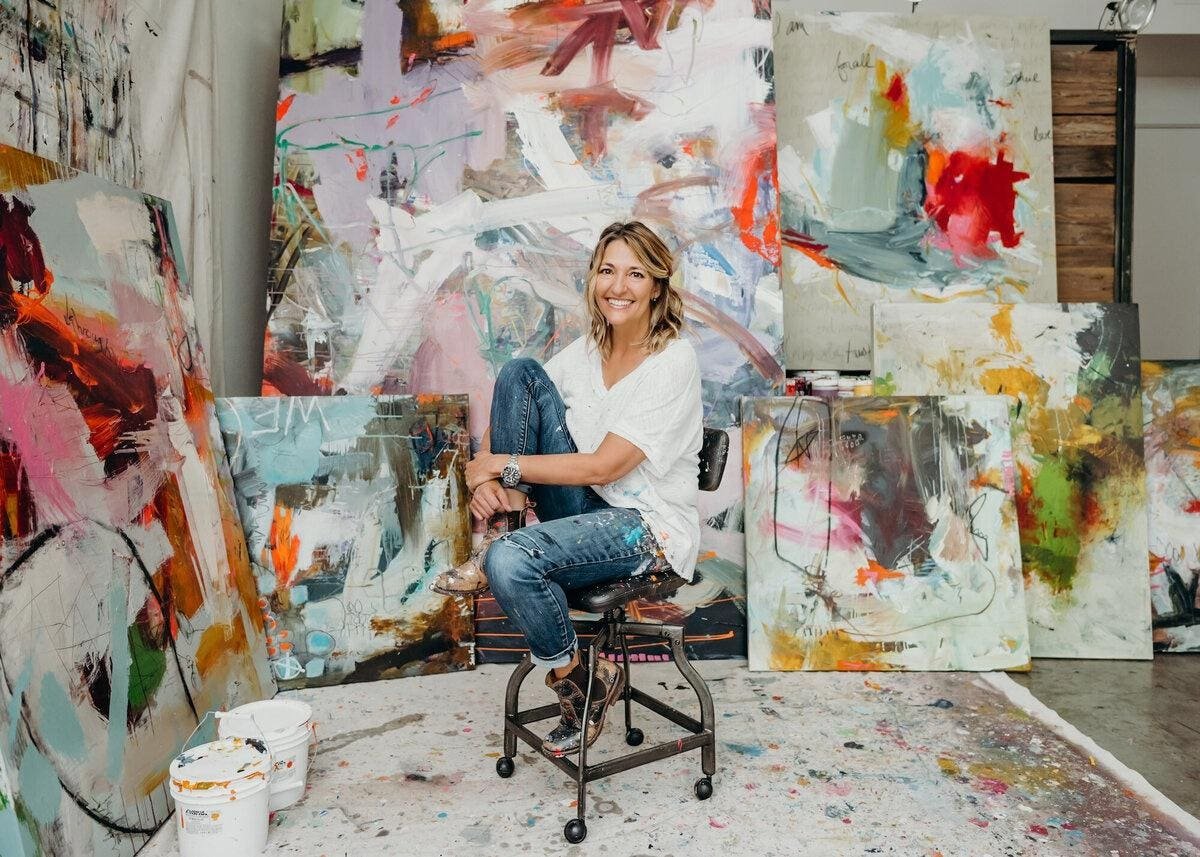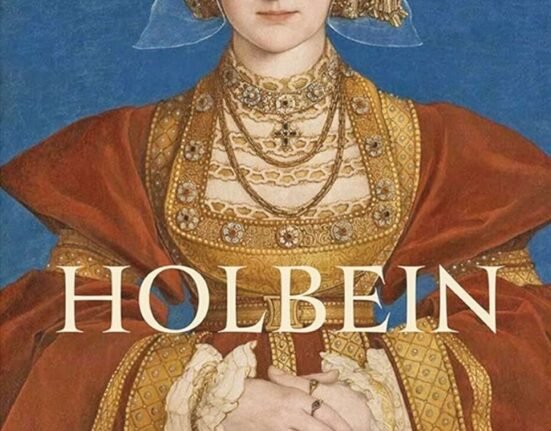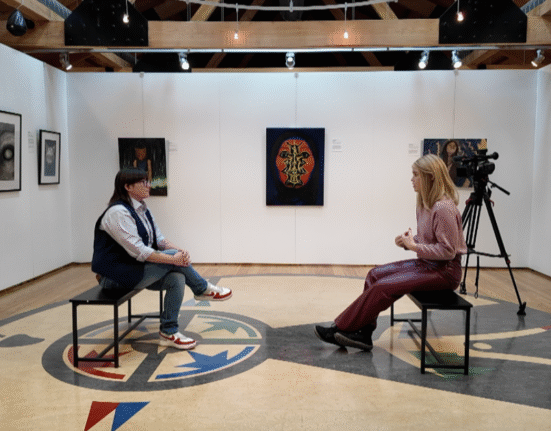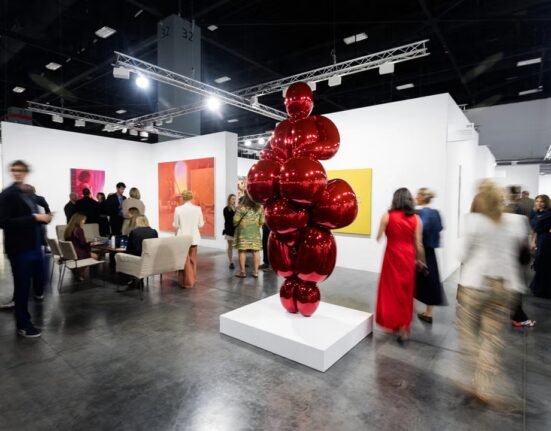Artist Jodie King has created both a project and a learning platform to get more women – both as … [+]
Just over a year ago, back in March 2021, graphic designer Beeple (real name Mike Winklemann) sold his Everydays: The First 5000 Days NFT in a single lot sale at Christie’s for over $69 million. Just a month later, the pre-sale for the Bored Ape Yacht Club – a collection of 10,000 cartoon apes created by an algorithm – launched and sold out within 12 hours. At the time, a single Bored Ape would have set you back 0.08ETH (valued at roughly $120). As of April 2022, the cheapest one available to purchase had a list price of 129ETH – roughly $429,000 – meaning the value has increased by 332,458%.
Whilst this is down to the fact that both the value of Ethereum and Bored Apes have increased, no one needs me to tell them that there’s money to be made in NFTs. That’s an understatement. What cannot be overstated, however, is how much of that money is being made by men.
According to a report published by ArtTactic in November 2021, women account for only 16% of the NFT art market and despite claims that the metaverse intends to increase diversity and become more inclusive, the only known women sitting in the list of top 10 NFT artists of all time are Nadia Squarci (one half of Hackatao – the other artist is a man) and Monica Rizzolli.
It’s not just as creators that women have largely been excluded from the market either, as they have also accounted for just 4% of total NFT sales globally since February 2020.
Evidently, this is something of a self-perpetuating problem. Men dominate the market as both buyers and sellers, so women feel that there is less space for them to get involved.
What we really need to get to the bottom of is…why?
The answer to this question is somewhat complex, but perhaps the best place to start is by looking at the culture surrounding web3. All it takes is a quick scroll through dedicated Reddit threads or Discord communities to glean how much space is taken up by ‘bro’ culture. The language often used is masculine and brusque, with in-jokes and acronyms bandied around to the exclusion of anyone who isn’t already NFT-literate.
In fact, a survey conducted by The Drum, Luminary and Perksy of 500 women found that 82% felt that NFT campaigns were disproportionately targeted towards men.
This was artist Jodie King’s experience when she first delved into the world of NFTs. An abstract expressionist artist and art business educator, Jodie made the decision to become an NFT creator back in 2021 but found her initial search for answers somewhat confusing.
“As I was researching, I seemed to go down one rabbit hole to another. Crypto was a language I didn’t understand,” she recalls. “I felt inadequate and overwhelmed for a long time, until I figured out that the only thing a 25 year old man had that I didn’t was an open mind to embrace this new technology.”
It’s the excluding language, the sense that it’s really a space for young men, that seems to be one of the main barriers for women. And when we’re kept out of the conversation, it makes it much more difficult for us to get comfortable enough to invest. In fact, this is supported by The Drum’s survey, which found that 36% of respondents didn’t trust the crypto market enough to buy into it.
Because here’s the thing. Women are typically more risk-aware when it comes to investment than men and it’s easy to understand why. With money harder to come by for women (the gender pay gap is evidence of this) it makes sense that they are more careful about how and where they invest it.
“Women do tend to be more cautious than men in terms of investments, but once they have answers to their questions and have done their due diligence, they feel more comfortable,” confirms Glen Hardwick Bruce, Director of Education at Christie’s in London, which runs a year-long programme of courses around art, including one on NFTs.
It’s by creating a safer space for women to join the conversation that Glen has noticed a shift. When the auction house made the Beeple sale in 2021, Glen observed a huge uptake in the NFT course, with over 400 people in attendance. Initially, this was mostly men. As NFTs have become more mainstream, though, so has the prevalence of women – on their most recent course held in February 2022, there was approximately a “50/50 split.”
What this has highlighted, he told me, is the fundamental difference in the needs of female and male investors. “Women like to talk to other women or have a female advisor.”
It’s this, perhaps, that will make the opening of The NFT Gallery – the first and only female-founded physical gallery of its kind in London – in June 2022 successful. Spearheaded by entrepreneurs Lynn Rosenberger and Lilien Hornurg-Mary, it’s main focus is on accessibility:
“Having founded two other start-ups within the past year, we have been surprised by the underrepresentation of female investors,” they said. “We hope that through sharing our stories and creating a physical space for existing and emerging collectors to purchase and learn about NFTs, we ensure this new art form is accessible to those across the art ecosystem.
“We hope more women feel emboldened to try their hand at starting their own [project] or investing in others.”
To me, it’s a cycle – the more that women are educated and emboldened to invest, the more space will be created for female creators in the industry.
With that being said, how can these creators build a space that encourages more women to invest?
Jodie, who, subsequently launched her first NFT project earlier this year, created a digital course to help other female artists do the same thing. “It really ties into my overall mission of empowering and helping creatives to grow a thriving art business,” she explains. “Artists are entrepreneurs. I have never bought into the starving artist cliché and the potential income this industry can generate for artists, particularly women, really inspired me.
“I knew that if I educated myself and surrounded myself with experts in the field, I could create a step-by-step guide for other artists, so they feel less intimidated by how to get involved in the NFT game.”
Here, she shares her advice on how female creators can market their projects in such a way that more women will want to buy into them.
Excitement is contagious
Something Jodie noticed is that entering the NFT world can be rife with anxiety for artists – particularly because it can feel like a huge risk. But hesitancy in what you’re doing can end up seeming into your communication and ultimately making your target market nervous, too. “NFTs are exciting stuff, so try to embrace that,” she says. “Excitement is contagious – Nike would not release a shoe without telling their customers all the great things about it and why they need it, right? So, it is the exact same thing for when you’re launching an NFT project.”
For female investors, generating a strong community that feels like a safe and supportive space for them to ask questions and rely on each other is particularly key.
Education is everything
This goes for artists as well as collectors, Jodie believes and reflects the work both Glen and The NFT Gallery founders are also putting into informing as many people as possible. “This is new for everyone, so it’s important to educate your community about NFTs so that they feel they are equipped enough to join you on the journey.” For women in particular, the evidence has shown that they’re more likely to invest in things that are targeted at them, so ensure your communication taps into their needs and wants specifically.
Make sure your buyer feels seen
Rather than hoping that because your NFT project is something you like the look of, others will want to buy it, Jodie strongly advises targeting your messaging to your specific audience. “You need to differentiate your product to make it more appealing to your audience and be able to explain to them what makes it so exclusive,” she says.
Just as The Drop’s findings showed that 56% of women would be more likely to consider purchasing an NFT if it had been launched by a brand they trusted, artists need to lean into the relationship and trust they’ve already developed with their collectors.
Make it unique
Lastly, it’s one of the oldest tricks in the book, but Jodie advises artists to generate a buzz of exclusivity around their NFTs. “Women are discerning. They want to buy into projects that feel unique and special.”
“Diversity is extremely important for the growth of any industry but beyond that, women bring a unique approach to everything we get involved in,” Jodie concludes.
“We add soul to everything we touch; we make things more personal, and we value creating connections. By getting more women involved in the NFT game, we’re able to turn this seemingly cold and disconnected space into something relatable – something that is inclusive of all demographics and genders.”







